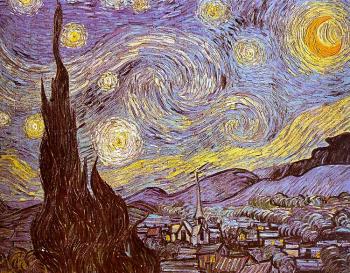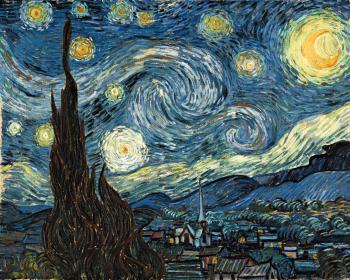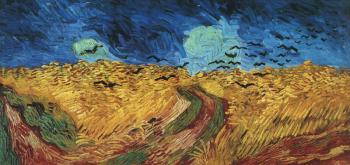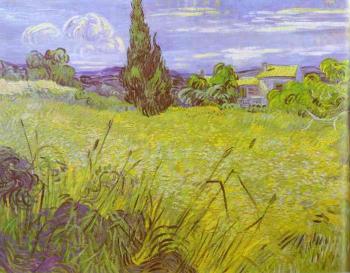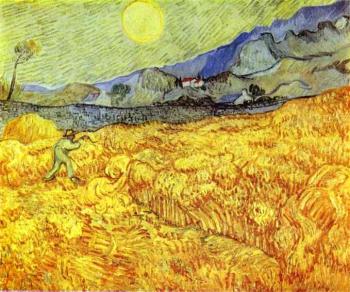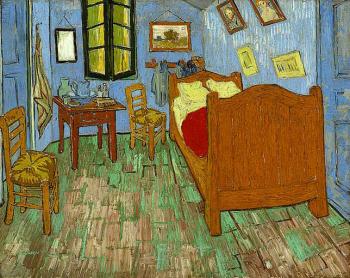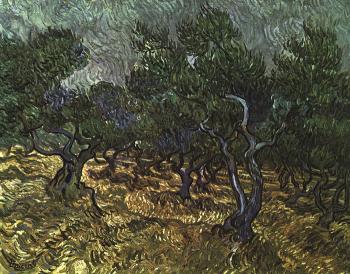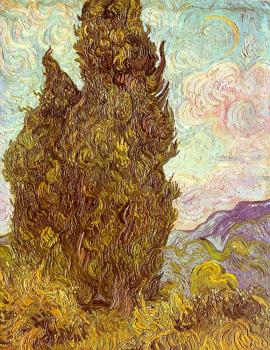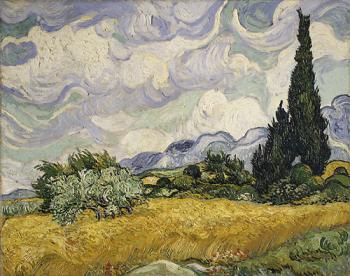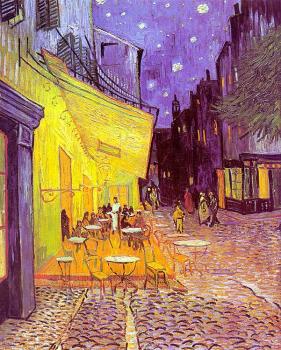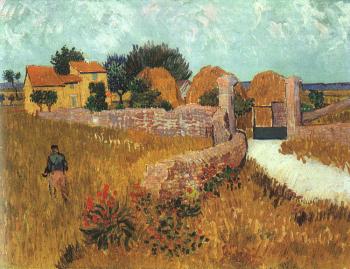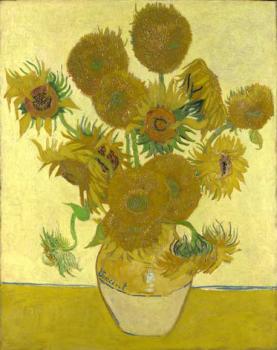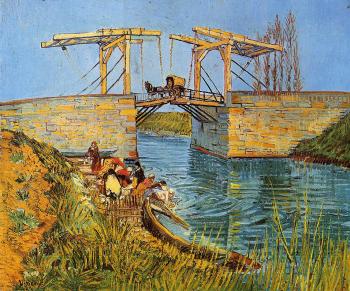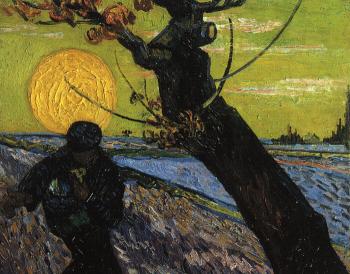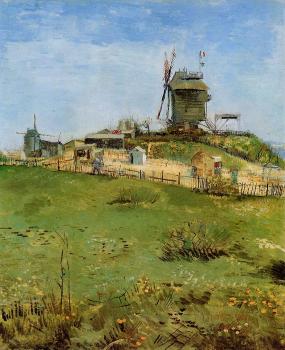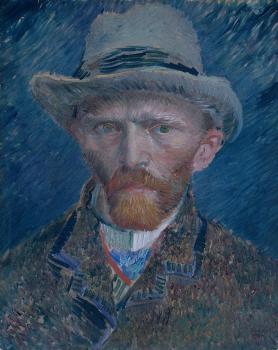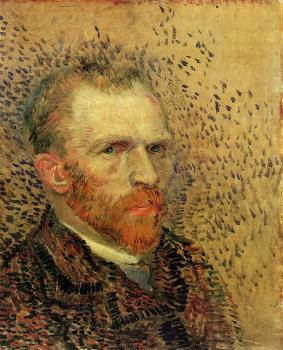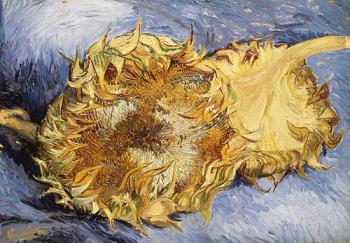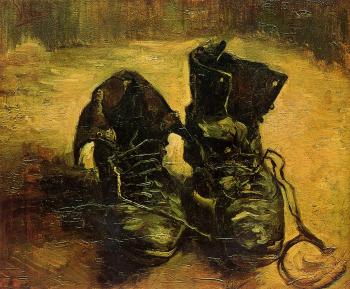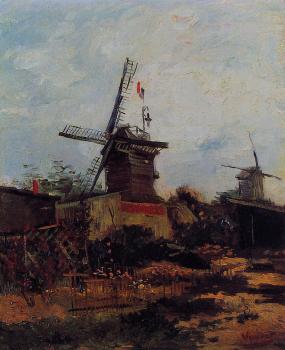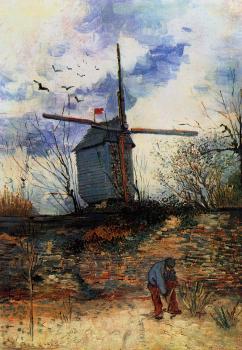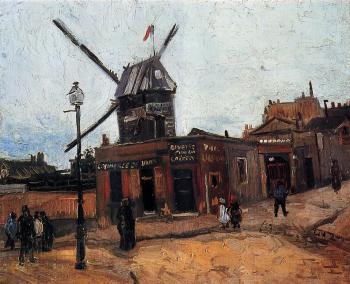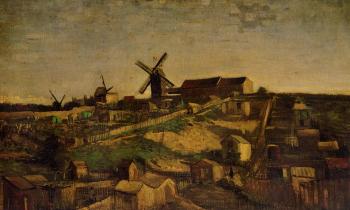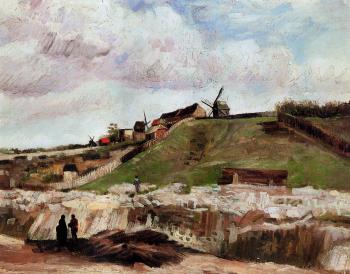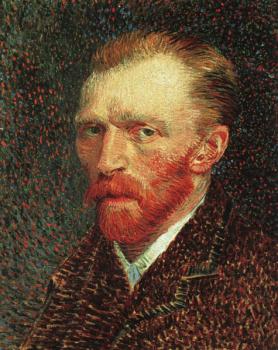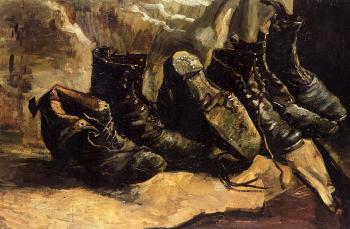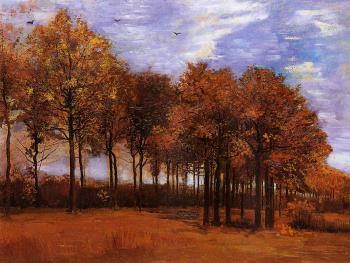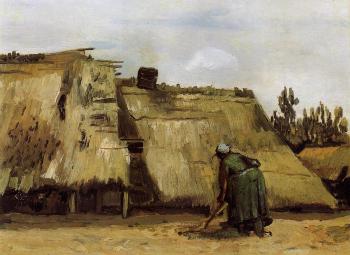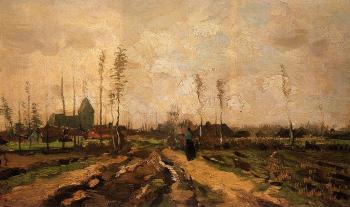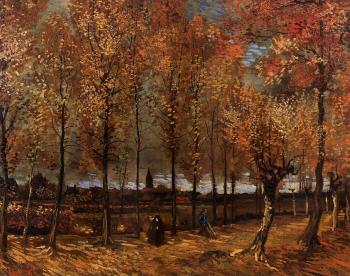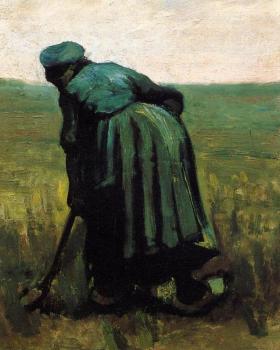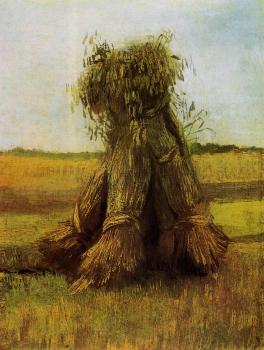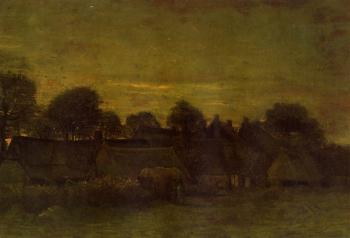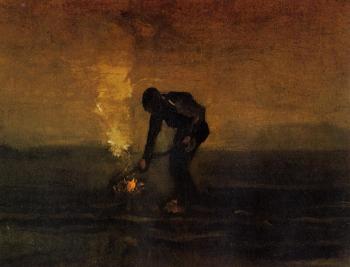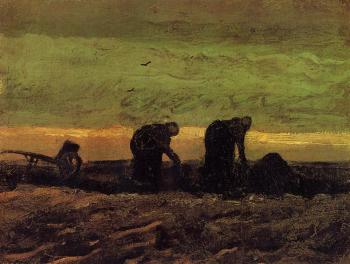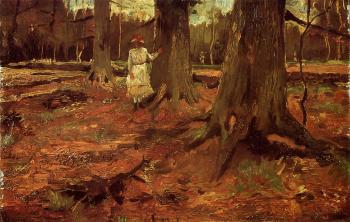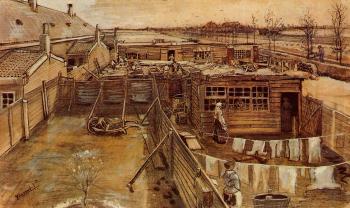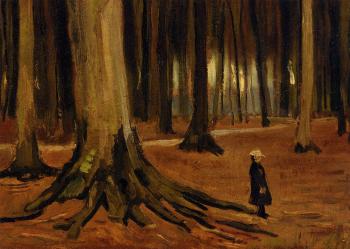Vincent Van Gogh

Vincent Willem van Gogh (30 March 1853 - 29 July 1890) was a post-Impressionist painter of Dutch origin whose work, notable for its rough beauty, emotional honesty and bold color, had a far-reaching influence on 20th-century art. After years of painful anxiety and frequent bouts of mental illness, he died aged 37 from a gunshot wound, generally accepted to be self-inflicted (although no gun was ever found). His work was then known to only a handful of people and appreciated by fewer still.
Van Gogh began to draw as a child, and he continued to draw throughout the years that led up to his decision to become an artist. He did not begin painting until his late twenties, completing many of his best-known works during the last two years of his life. In just over a decade, he produced more than 2,100 artworks, consisting of 860 oil paintings and more than 1,300 watercolors, drawings, sketches and prints. His work included self portraits, landscapes, still lifes, portraits and paintings of cypresses, wheat fields and sunflowers.
Van Gogh spent his early adulthood working for a firm of art dealers, traveling between The Hague, London and Paris, after which he taught for a time in England. One of his early aspirations was to become a pastor and from 1879 he worked as a missionary in a mining region in Belgium where he began to sketch people from the local community. In 1885, he painted his first major work The Potato Eaters. His palette at the time consisted mainly of somber earth tones and showed no sign of the vivid coloration that distinguished his later work. In March 1886, he moved to Paris and discovered the French Impressionists. Later, he moved to the south of France and was influenced by the strong sunlight he found there. His work grew brighter in color, and he developed the unique and highly recognizable style that became fully realized during his stay in Arles in 1888.
The extent to which his mental health affected his painting has been a subject of speculation since his death. Despite a widespread tendency to romanticize his ill health, modern critics see an artist deeply frustrated by the inactivity and incoherence brought about by his bouts of illness. According to art critic Robert Hughes, Van Gogh's late works show an artist at the height of his ability, completely in control and "longing for concision and grace."
In 1880, Vincent van Gogh followed the suggestion of his brother Theo and took up painting in earnest. For a brief period Vincent took painting lessons from Anton Mauve at The Hague. Although Vicent and Anton soon split over divergence of artistic views, influences of the Hague School of painting would remain in Vincents work, notably in the way he played with light and in the looseness of his brush strokes. However his usage of colours, favouring dark tones, set him apart from his teacher.
In 1881 he declared his love to his widowed cousin Kee Vos, who rejected him. Later he would move in with the prostitute Sien Hoornik and her children and considered marrying her; his father was strictly against this relationship and even his brother Theo advised against it. They later separated.
Impressed and influenced by Jean-Francois Millet , van Gogh focussed on painting peasants and rural scenes. He moved to the Dutch province Drenthe, later to Nuenen, North Brabant, also in The Netherlands. Here he painted in 1885.
In the winter of 1885-1886 Van Gogh attended the art academy of Antwerp, Belgium. This proved a disappointment as he was dismissed after a few months by his Professor. Van Gogh did however get in touch with Japanese art during this period, which he started to collect eagerly. He admired its bright colors, use of canvas space and the role lines played in the picture. These impressions would influence him strongly. Van Gogh made some painting in Japanese style. Also some of the portraits he painted are set against a background which shows Japanese art.
In spring 1886 Vincent van Gogh went to Paris, where he moved in with his brother Theo; they shared a house on Montmartre. Here he met the painters met Edgar Degas, Camille Pissarro, Henri de Toulouse-Lautrec and Paul Gauguin. He discovered impressionsm and liked its use of light and color, more than its lack of social engagement (as he saw it). Especially the technique known as pointillism (where many small dots are applied to the canvas that blend into rich colors only in the eye of the beholder, seeing it from a distance) made its mark on Van Goghs own style. It should be noted that Van Gogh is regarded as a post-impressionist, rather than an impressionist.
In 1888, when city life and living with his brothers proved too much, Van Gogh left Paris and went to Arles, Bouches-du-Rh, France. He was impressed with the local landscape and hoped to found an art colony. He decorated a "yellow house" and created a celebrated series of yellow sunflower paintings for this purpose. Only Gauguin, whose simplified colour schemes and forms (known as synthetism) attracted van Gogh, followed his invitation. The admiration was mutual, and Gauguin painted van Gogh painting sunflowers. However their encounter ended in a quarrel. Van Gogh suffered a mental breakdown and cut off part of his left ear, which he gave to a startled prostitute friend. Gauguin left in December 1888.
The only painting he sold during his lifetime, The Red Vineyard, was created in 1888. It is now on display in the Pushkin Museum in Moscow, Russia.
Vincent van Gogh now exchanged painting dots for small stripes. He suffered from depression, and in 1889 on his own request Van Gogh was admitted to the psychiatric center at Monastery Saint-Paul de Mausole in Saint Remy de Provence, Bouches-du-Rh, France. During his stay here the clinic and its garden became his main subject. Pencil strokes changed again, now into spiral curves.
In May 1890 Vincent van Gogh left the clinic and went to the physician Paul Gachet, in Auvers-sur-Oise near Paris, where he was closer to his brother Theo, who had recently married. Gachet had been recommended to him by Pissarro; he had treated several artists before. Here van Gogh created his only etching: a portrait of the melancholic doctor, doctor Gachet. His depression aggravated. On July 27 of the same year, at the age of 37, after a fit of painting activity, van Gogh shot himself in the chest. He died two days later, with Theo at his side, who reported his last words as "La tristesse durera toujours" (French: "The sadness will last forever"). He was buried at the cemetery of Auvers-sur-Oise; Theo unable to come to terms with his brother's death died 6 months later and was buried next to him. It would not take long before his fame grew higher and higher. Large exhibitions were organized soon: Paris 1901, Amsterdam 1905, Cologne 1912, New York 1913 and Berlin 1914.
Vincent van Gogh's mother threw away quite a number of his paintings during Vincent's life and even after his death. But she would live long enough to see her son become a world famous painter.
Complete list of Vincent Van Gogh's oil paintings
- Amaury-Duval, Eugene-Emmanuel France, 1808 - 1885
- Amberger, Christoph Germany, 1505 - 1562
- Ambros, Raphael von Austria, 1854 - 1895
- Amerling, Friedrich von Austria, 1803 - 1887
- Ames, Ezra United States, 1768 - 1836
- Amiconi, Bernardo 1859 - 1875
- Amigoni, Jacopo Italy, 1682 - 1752
- Amyot, Catherine -Unknown
- Ancher, Michael Peter Denmark, 1849 - 1927
- Andersen, Carl Christian Denmark, 1849 - 1906
- Manet, Edouard France, 1832 - 1883
- Gauguin, Paul France, 1848-1903
- Modigliani, Amedeo Italian
- Anderson, John Macvicar 1835 - 1915
- Anderson England
- Anderson, Sophie Gengembre England, 1823 - 1903
- Renoir, Pierre Auguste France, 1841 - 1919
- Dali, Salvador Spain
- Cole, Thomas American, 1801 - 1848
- Correggio Italy, 1489 - 1534
We can do all styles and subjects: People, Landscape, Still life, Portrait, Impressionism, Abstract, classical paintings, Seascapes, Cityscapes, romantic sceneries, flowers, fruits, winebottle, animals, horse, monkey, tiger, dog, chicken, and modern oil paintings, religious paintings, art deco, POP art, oil painting with figures and nudes, contemporary artworks, realistic paintings by photo. Choose best material for all oil paintings, Attractive image and vivid color, assured quality.
